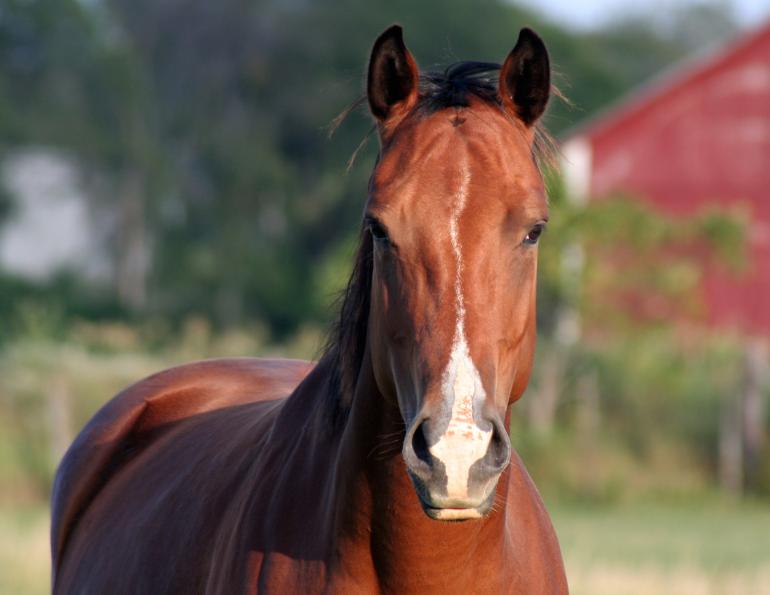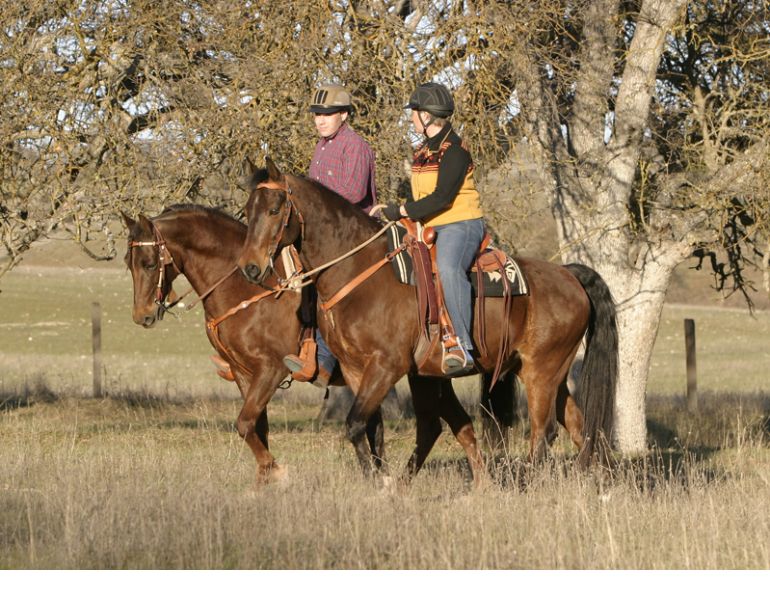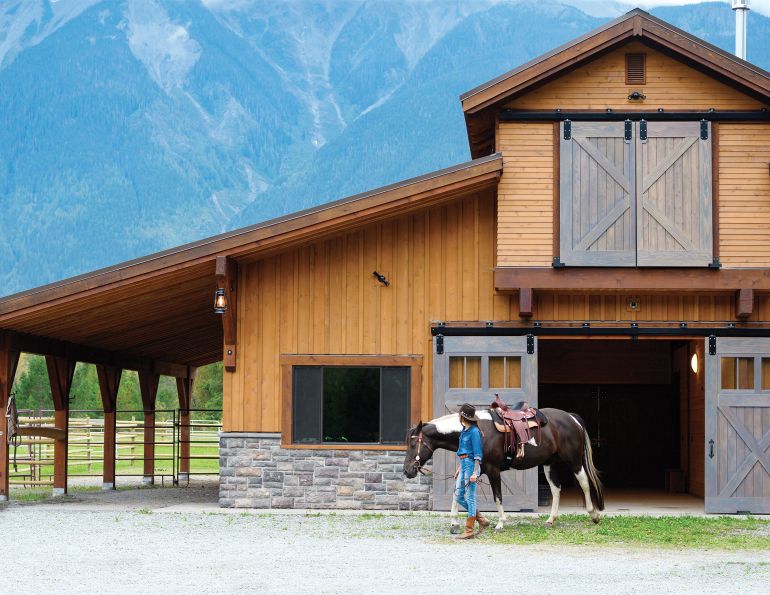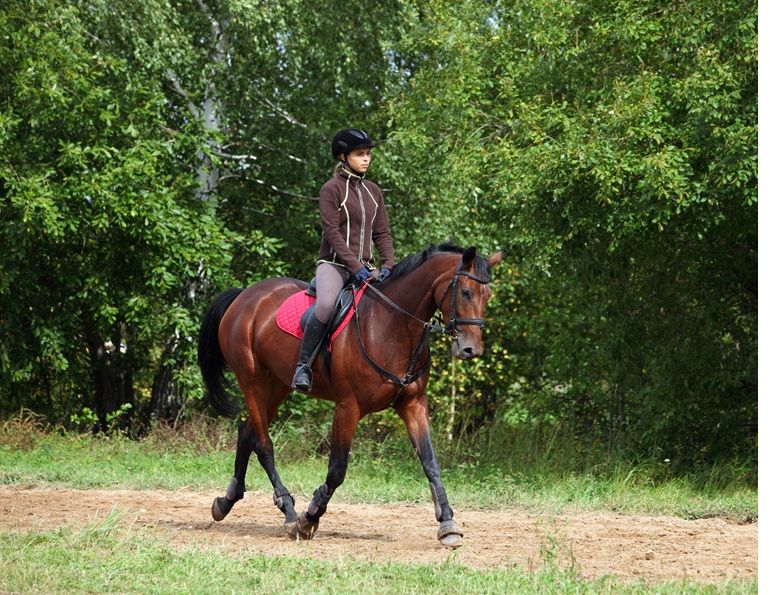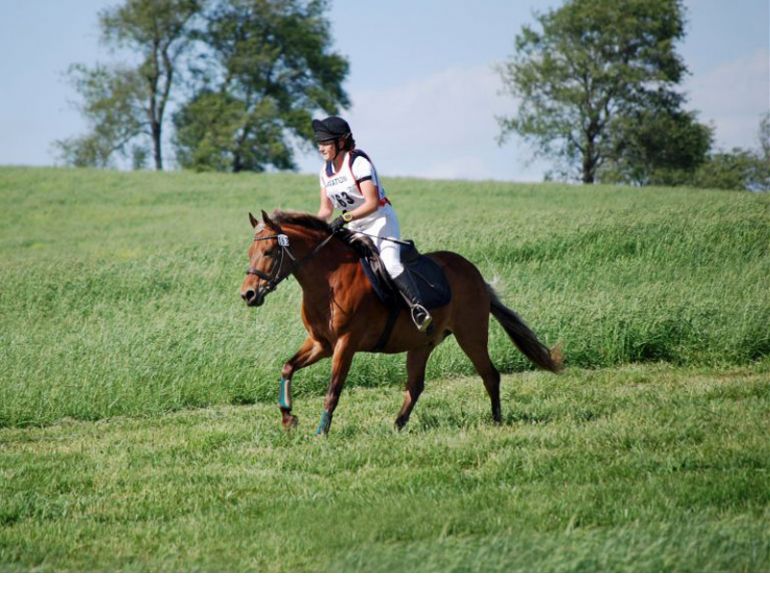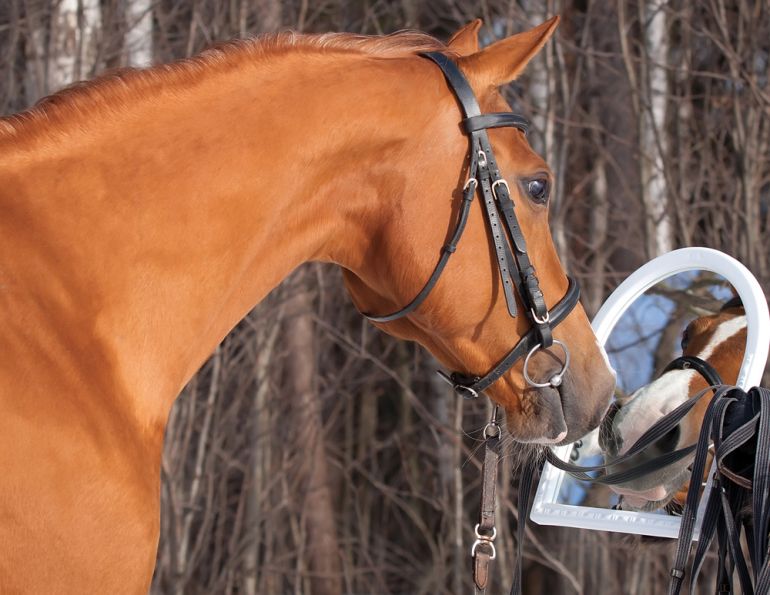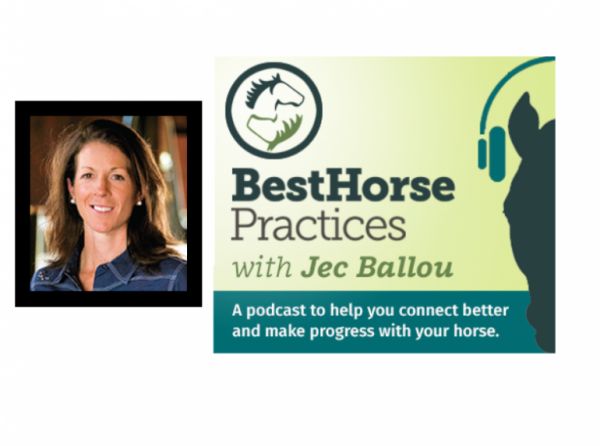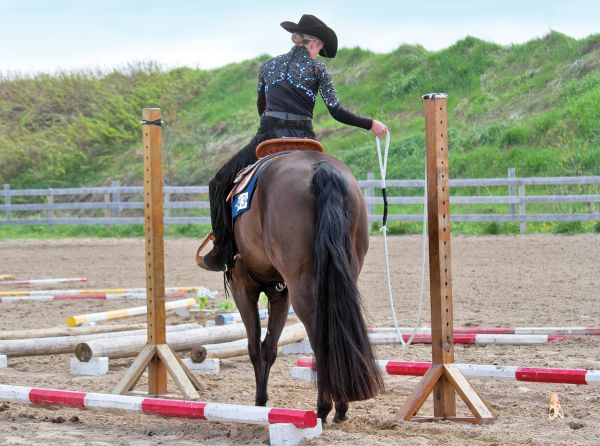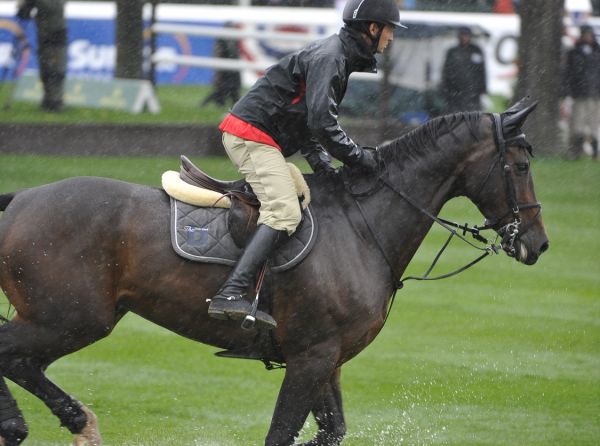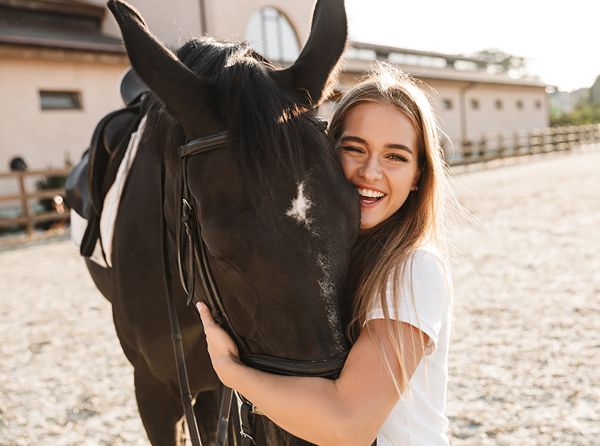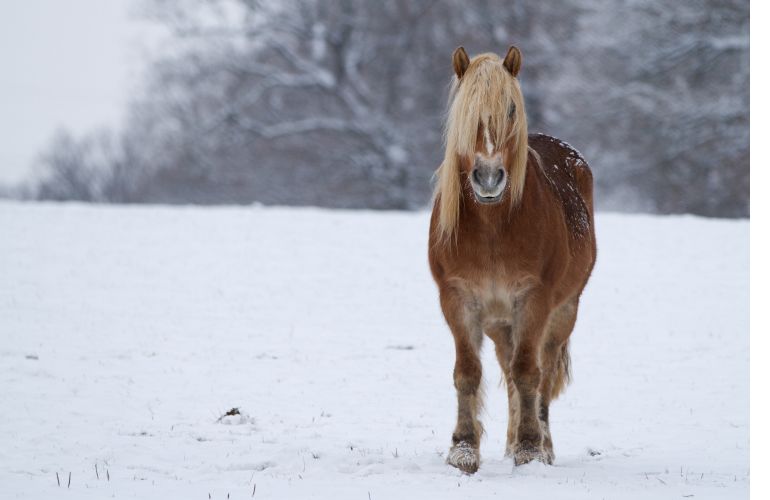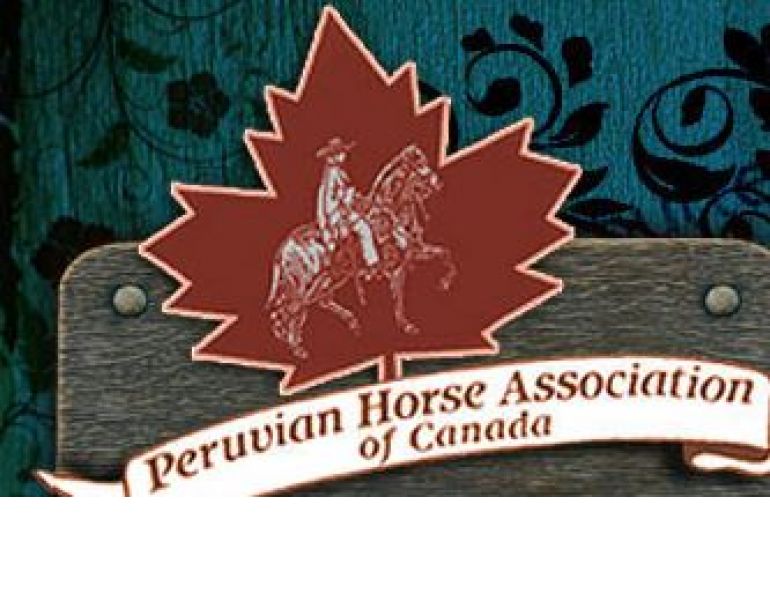By Lindsay Grice
Q: How can I have the quiet hands the judges are looking for in equitation classes? Mine bounce around. Are there any exercises you could suggest?
A: More important than the look of still hands is the function of still hands. Your hands communicate messages such as slow, turn, and flex to your horse. When the horse responds to your request, you respond with a reward, or a pause in which your horse finds freedom. So, you see, you’re always having a conversation of “no” and “yes” to your horse. Unsteady hands are like background noise that drowns out your signal.
Still hands are the result of elastic arms which follow the movement of your horse’s head. Also, if your seat is bouncing in the saddle, you won’t be able to keep your hands from bouncing either.
The first step is to develop a deep, secure seat in the saddle. In order to achieve this, you need to learn to follow the motion of the horse. Try sitting trot without stirrups (no pain, no gain!) and concentrate on not locking your lower back and hips. Once you’ve mastered the shock absorbing action of following hips, it’s time to work on those elastic arms.
Try this drill: post with your fingers touching the mane or the saddle pad (whatever you can reach comfortably). With your hands in one place, you will have to open and close your elbow as you rise up and down. Your upper arm and shoulder will feel fluid. Now raise your hands a bit so they’re no longer touching.
Can you recreate that feeling of keeping your hands in one place? Do this every time you want to deliver a “yes” to your horse.
Main Photo: Riders should learn to have quiet hands that can communicate “no” and “yes” to their horses. Unsteady, too heavy, or too light hands will not communicate aids effectively and can be irritating to the horse. Credit: Robin Duncan Photography



